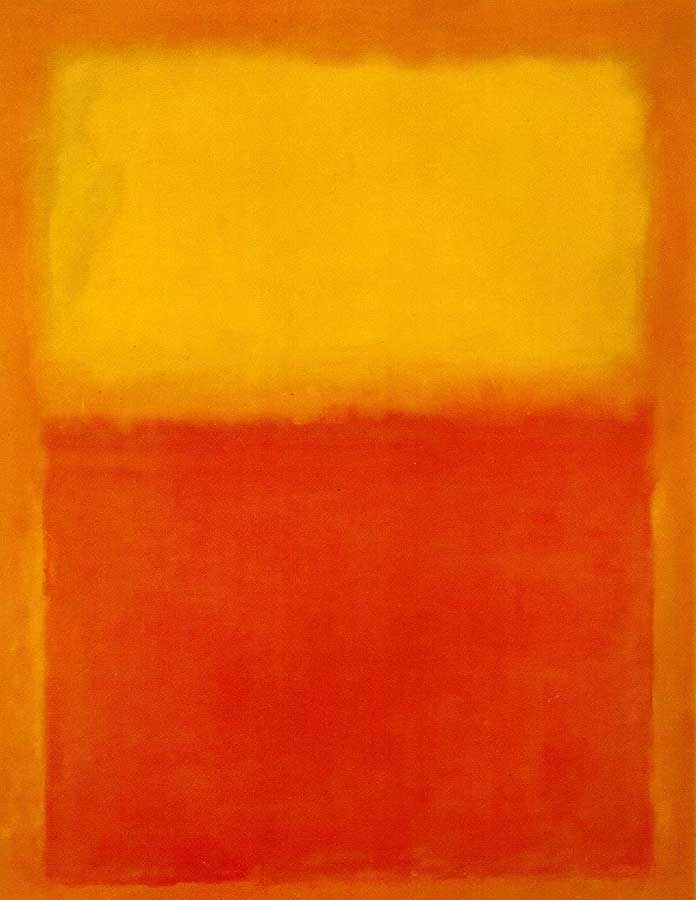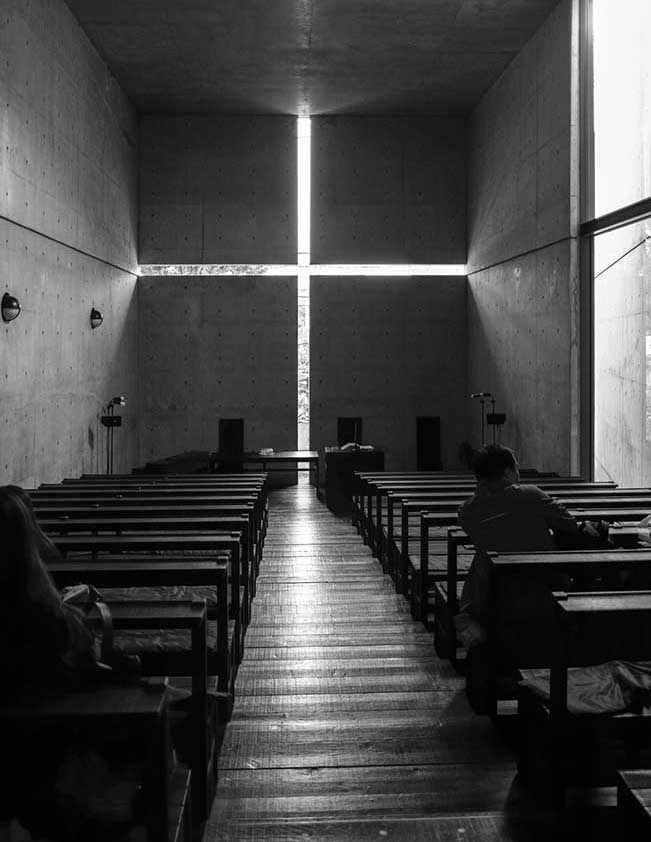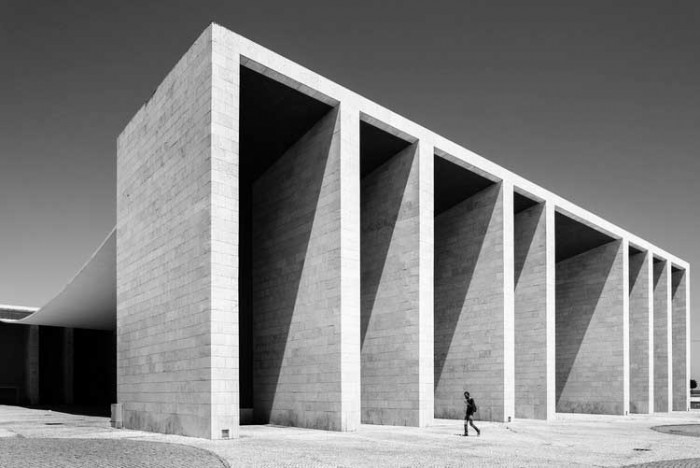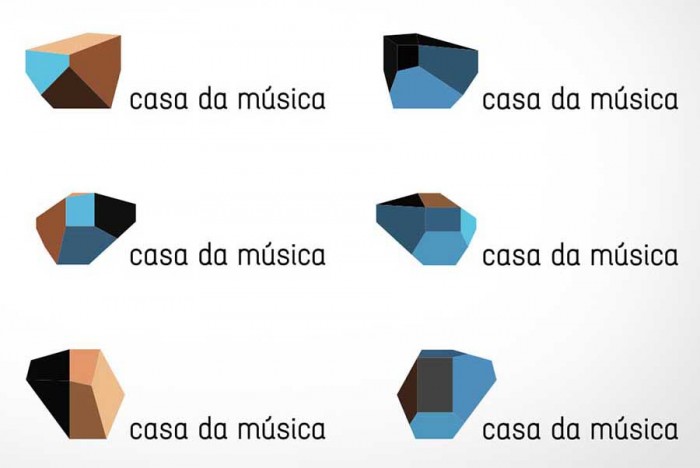Quoted from Vilfredo Pareto, James Webb Young wrote, in 1939: “An idea is nothing more nor less than a new combination of old elements.” This elements are things that may come from life itself (places, memories, experiences), or directly from people that are, in our opinion, great at something. People that produced and produce timeless works, leaving a strong legacy. Fortunately we have many in our world history. And I “know” some.
INFLUENCE
Mark Rothko, Peter Zumthor, Tim Brown, Siza Vieira, Jasper Morrison, Miles Davis, Tim Burton, Luis Barragán, Stefan Sagmeister, JR, Marco Pierre White, Seth Godin, Tadao Ando, Sigurd Lewerentz, David Ogilvy, between so many others of my creative references, are different in style, but at the same time so close in talent and in the brilliant way that they respond to different challenges. The final result of their creative works has a different expression, but they have in common the capacity of knowing how to produce powerful and beautiful results, that provoke an amazing impact on each one of us.
Learning from them, reading their words or observing and analyzing their works, is a pragmatic way to acquire knowledge and to get inspiration to our own projects. Learn from the balance of the contrasts, of the colors and of the created atmospheres, the proportions, the rhythm of the sounds, the smells, the balance between the emotional and physical dimensions, the way they make things change for better.
I admire this four works. But fortunately I could easily reunite many others groups of four. Personal opinions aside, this are four creative authors from different cultures, ages and periods, that constantly produce(d) high quality works. Which are the best? Although they are so different is style, from a creative point of view, aren’t the four works equally great? Independently of the creative area in which we work, can we not absorb and learn different things from each one of this works? In order to conceive deep and broad experiences, shouldn’t we be constantly searching and influencing our projects with what great authors, from all the creative areas, have done and are doing?
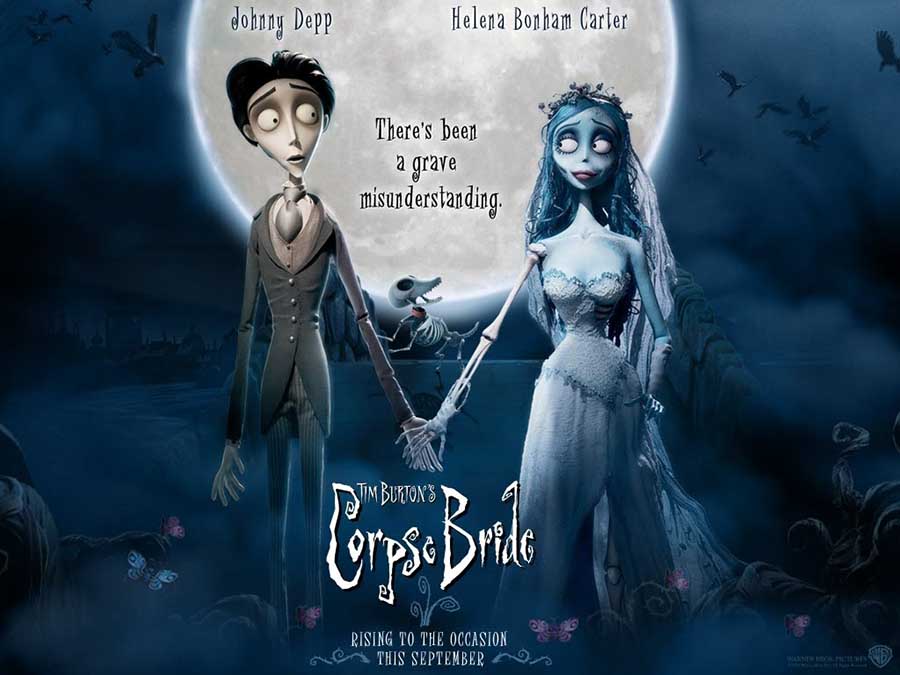
BEAUTY
“Beauty is produced by the pleasing appearance and good taste of the whole, and by the dimensions of all the parts being duly proportioned to each other.” Vitruvius
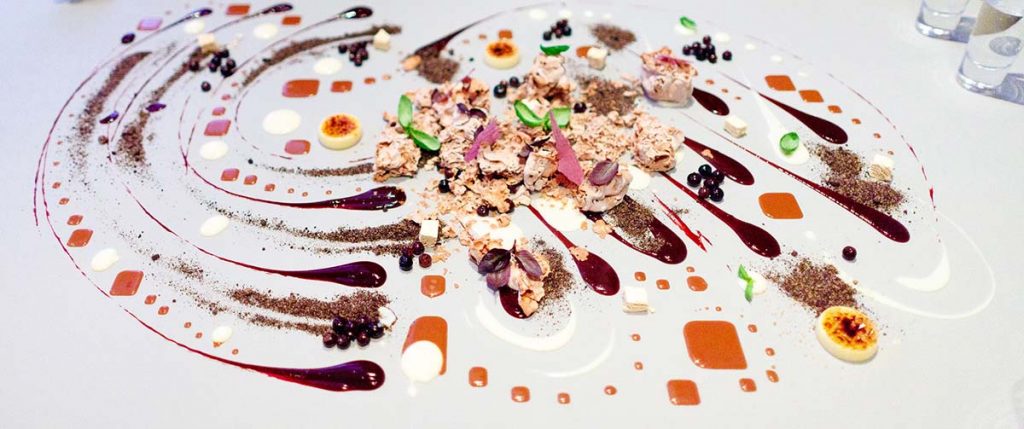
And besides the quality of each work, how can we design beauty? What defines a beautiful work? What have in common things that the world recognizes as beautiful, like a John Pawsons’ work, a Steve Jobs’ product, a Heston Blumenthals’ dish or a Miles Davis’ music?
THE CREATIVE RISKs
Joel Chan, a cognitive scientist, said once: “Creativity is not safe. Safe is applying the well-worn rules of Newtonian mechanics to predict the motion of a ball dropping from your hand, or “solving for x”, or spelling a word. Safe is doing something we know already works. But putting something new into the world (whether it’s entirely new to everyone, or just to you) doesn’t afford you the kind of certainty that applying known solution-guaranteed procedures gives you. It might fail. But it might not, and instead it just might change everything. But there’s no way to know beforehand without putting it out into the world.”
What a creative mind produces, can impact only himself, two persons, or almost everyone in the world. Creatives work in the sphere of the almost nothing and everything at the same time and with the constant risk of having their work being hated or loved. This risk of failing, of not accomplishing the clients’ goals, as their owns, the risk of not being capable to make a positive difference, powers that each one gives the best of himself. And instead of failing, people just might create something that improves peoples’ experiences, the world health problems, the quality of life in the cities, and ultimately, the future history.
Therefore, risk is what creates conditions for innovation and greatness. It trains the brain to think in unusual ways and to be more creative. And as the world history shows us, that’s why creatives with great ambitions, cannot have too peaceful lives…
“The first” was only a short introduction to some topics I wish to explore in the future. I would be glad to hear your opinion about them. It’s great to have you here and I truly hope that you come back often.


